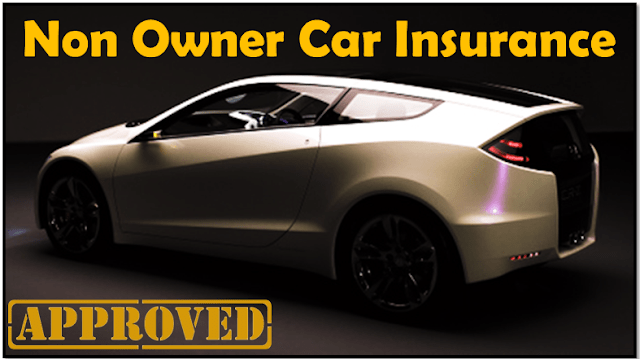Impact of Non-Owner Coverage on Future Rates
Non-owner coverage is like a magic shield that can drastically change your insurance fate. When you maintain this type of policy, you're not just avoiding gaps in your coverage; you're actively shaping your future insurance rates. Insurers love uninterrupted records and often reward them with lower premiums. But how exactly does this play out when it's time to secure new insurance? Understanding the nuances could save you a significant amount in the long run.
When you consider car insurance options, non-owner coverage mightn't be the first thing that comes to mind, yet it plays a significant role in maintaining a continuous insurance record for those who don't own a vehicle. This type of insurance offers essential liability protection, allowing you to drive vehicles not owned by you—like rentals—while ensuring you're financially responsible in case of an accident.
Unlike traditional car insurance, non-owner coverage doesn't include extensive or collision options, but it does cover bodily injury and property damage liability, which are crucial for protecting both you and others on the road. Furthermore, non-owner policies help bridge the gap in your coverage history, giving you peace of mind.
One of the most significant impacts of having non-owner coverage is its contribution to your insurance history. A consistent insurance record is vital for future insurance rates. By maintaining continuous coverage, you avoid the consequences of gaps that could label you a high-risk driver. Insurers often reward drivers with a history of uninterrupted coverage by offering lower rates, which can lead to substantial savings in the long term. Additionally, maintaining non-owner coverage can help prevent higher rates when reapplying for insurance.
Maintaining non-owner coverage ensures a consistent insurance record, helping you secure lower rates and avoid being labeled a high-risk driver.
This is particularly important if you find yourself needing an SR22 or FR44 filing due to past infractions, as having non-owner insurance can help you meet those requirements without owning a vehicle.
Non-owner coverage can also be a low-cost alternative for those who may not drive frequently or own a car. For instance, if you're someone who frequently rents vehicles for short periods, this policy can save you money on traditional insurance while still providing vital liability protection.
Additionally, if you're in between vehicle purchases, maintaining non-owner coverage keeps your insurance record intact, which can be beneficial when you decide to buy a car again.
However, it's important to understand that non-owner policies lack certain coverages. They typically don't provide protection for theft, fire, or vandalism of a rented vehicle, nor do they cover personal injuries sustained by the insured.
Consequently, while non-owner coverage is a useful tool for many, it's crucial to assess whether you need additional coverages based on your driving habits and circumstances.
Availability varies by state and insurer, but most major auto insurance companies offer non-owner policies. Smaller, specialized companies may also focus on this type of insurance.
Compliance with state regulations is mandatory, and some jurisdictions require drivers who don't own vehicles to carry liability insurance, further highlighting the significance of non-owner coverage.
Conclusion
In the domain of auto insurance, think of non-owner coverage as the steady lighthouse guiding your ship through turbulent waters. By maintaining a reliable insurance record, you avoid the jagged rocks of high-risk classification and costly premiums. This protection, though seemingly modest, serves as a beacon for future savings, illuminating your path back to favorable rates. As you navigate the complexities of driving without ownership, remember that non-owner coverage is your steadfast companion, ensuring smooth sailing ahead.

